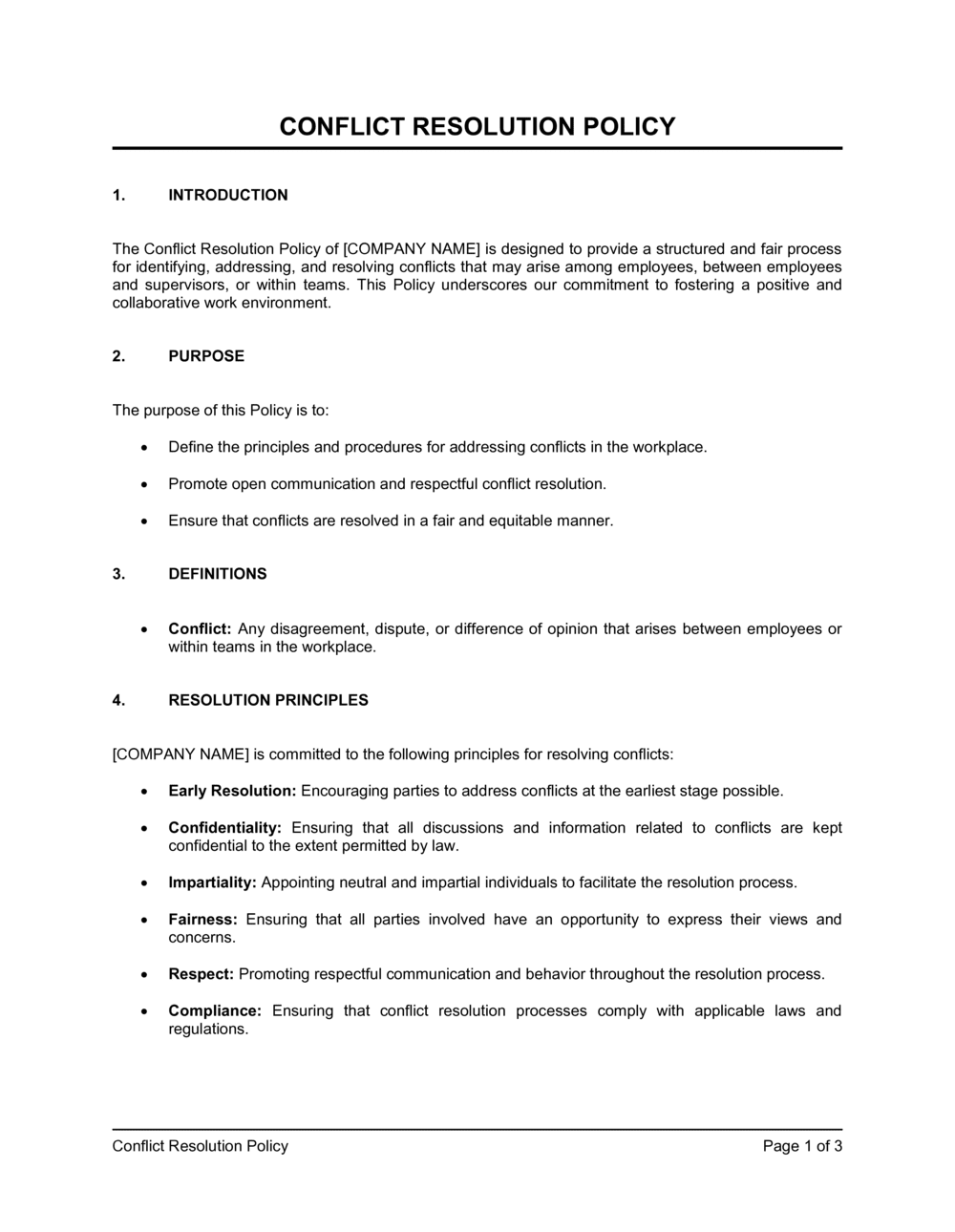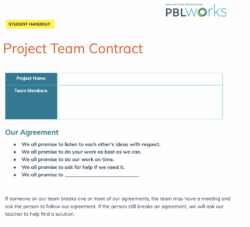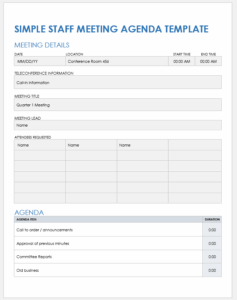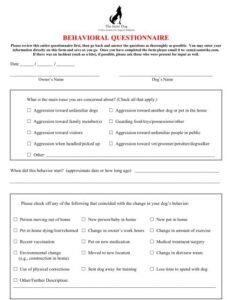Workplace conflicts are inevitable. Disagreements arise, personalities clash, and misunderstandings occur, disrupting productivity and impacting team morale. When these conflicts escalate, formal mediation can be a valuable tool to help parties find common ground and resolution. But mediation isn’t just about talking things out; it’s also about documenting the process and the agreements reached. That’s where a reliable documentation template becomes essential.

Think of a work conflict mediation documentation template as a structured guide, helping you record key aspects of the mediation process. It ensures that all relevant information is captured accurately and consistently, providing a clear record of the issues discussed, the solutions explored, and the agreements made. This documentation serves several important purposes, including providing a reference point for future actions, minimizing misunderstandings, and offering legal protection if necessary. It’s about creating a tangible record of a potentially sensitive and complex situation.
Choosing the right template for your needs can significantly streamline the mediation process. A well-designed template should be user-friendly, comprehensive, and adaptable to a variety of conflict situations. It should guide you through the necessary steps, from outlining the participants and the nature of the dispute to detailing the agreed-upon resolutions and timelines for implementation. The goal is to have a clear, concise document that everyone understands and can refer back to as needed, fostering a more harmonious work environment.
Why is Proper Documentation Crucial in Work Conflict Mediation?
Accurate and thorough documentation is paramount in work conflict mediation for several reasons. First and foremost, it provides a clear record of the entire mediation process. This includes who participated, the issues that were discussed, the various perspectives presented, and ultimately, the agreements that were reached. Without this documentation, memories can fade, interpretations can differ, and misunderstandings can easily arise, potentially reigniting the conflict.
Secondly, proper documentation helps to ensure accountability. When agreements are clearly written down and signed by all parties involved, there is a greater sense of ownership and commitment to upholding those agreements. This reduces the likelihood of backtracking or reneging on promises, which can further damage relationships and erode trust. A work conflict mediation documentation template ensures that everyone is on the same page and understands their responsibilities.
Thirdly, documentation can serve as a valuable resource for future reference. If similar conflicts arise in the future, the documented mediation process can provide insights into what worked well, what didn’t, and how to effectively address similar issues. This can save time and effort in resolving future conflicts and promote a more consistent and fair approach to conflict resolution.
Furthermore, in some cases, documentation may be legally necessary. If the conflict involves allegations of discrimination, harassment, or other unlawful conduct, the documentation can serve as evidence of the mediation process and the steps taken to address the issue. This can be crucial in protecting the organization and the individuals involved from potential legal liabilities.
Finally, a well-structured work conflict mediation documentation template can help ensure that the mediation process is fair and impartial. By following a consistent format and capturing all relevant information, the template helps to prevent bias and ensure that all parties are treated equally and with respect.
Key Components of an Effective Work Conflict Mediation Documentation Template
A good work conflict mediation documentation template should include several key sections to ensure comprehensive and accurate recording of the mediation process. Firstly, it should have an introduction section that clearly identifies the parties involved, their roles, and the date and location of the mediation session. This section should also include a brief summary of the conflict or dispute that is being mediated.
Secondly, the template should include a detailed section for capturing the issues discussed. This section should allow for the recording of each party’s perspective, including their concerns, needs, and desired outcomes. It’s important to accurately capture these perspectives, even if they differ significantly. Using bullet points or numbered lists can help to organize this information and make it easier to read.
Thirdly, the template should include a section for documenting the proposed solutions or agreements. This section should clearly outline each agreement that was reached, including the specific actions that each party will take, the timelines for completion, and any relevant metrics for measuring success. It’s important to be specific and avoid vague or ambiguous language, which can lead to misunderstandings later on.
Fourthly, the template should include a section for documenting any unresolved issues or disagreements. Even if a full resolution is not reached, it’s important to document any remaining areas of disagreement and to outline any next steps that will be taken to address these issues. This can help to keep the lines of communication open and prevent the conflict from escalating further.
Finally, the template should include a signature section, where all parties involved can sign and date the document to acknowledge their agreement with the documented terms. This provides a clear indication that everyone is on the same page and committed to upholding the agreed-upon resolutions. Having a work conflict mediation documentation template ensures that the outcome is valid and reliable.
Conflict mediation can be a very effective method for resolving disputes in the workplace. When it’s handled effectively, it can lead to resolutions that improve relationships and boost morale.
Taking the time to carefully document the mediation process, including the agreements made, ensures that everyone is on the same page moving forward. This investment in documentation can pay dividends in the long run, fostering a more harmonious and productive work environment.



